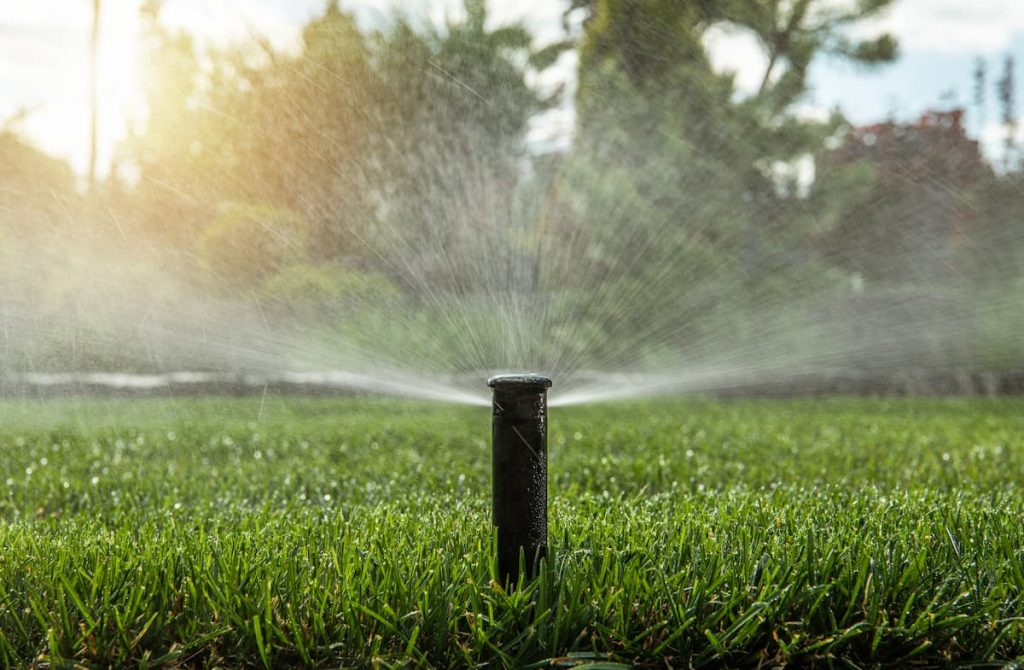
Dear Eartha, I keep hearing about Lake Powell being low. But, Dillon Reservoir looks full, it rained a bunch last week and it hasn’t been crazy hot. We’re OK here, right?
As long as water flows from the taps in our homes, and Dillon Reservoir “looks” good, many of us don’t think about water. Yet, 99.9% of the Colorado River Basin — the areas, including Summit County, that drain into the Colorado River — is experiencing drought conditions. The recent rain has certainly improved our thirsty landscape, however, neighbors to the southwest are seeing river flows low enough to trigger drought restrictions. To get to the heart of your question, we need to look beyond the last week or two and consider the big picture.
Weather vs. climate
Quite simply, weather refers to a short period of conditions (a couple of weeks or even a few minutes), while climate is the average of weather over time in a specific region. While our recent weather included welcome summer showers — wildflowers are starting to pop — our county’s climate is getting warmer and drier.
The Rocky Mountain Climate Organization found that an average summer day around 2050 could be three degrees hotter than the single hottest day of the late 20th century. Temperatures in the 80s and even 90s will become a lot more common. The impacts include shrinking ski seasons and expanding fire seasons.
Let’s consider what hotter temperatures mean for local rivers. Increasing temperatures dry out soils. Those dry soils suck up snowmelt before it ever makes it to the river. In some cases, the snow and ice vaporize never having a chance to soak into parched soil or make it to the rivers that supply our drinking water.

Simple math
Drier, warmer conditions are prevalent all along the 1,450 miles of the Colorado River, which is fed by the Blue River and thousands of other tributaries across the West. It’s causing the Colorado River to shrink. That’s a big problem for everything that depends on it: nearly 40 million people, 5.5 billion acres of farmland, seven wildlife refuges, and power for 780,000 homes.
So what’s the West (and anyone who likes to eat carrots or lettuce) to do? Lots of smart people are working to answer that question. Let us start by flashing back to 1922 when delegates from seven states determined how to share the water flowing in the Colorado River. They signed the Colorado River Compact, which split the river into two basins: Upper and Lower. The compact designated the use of 7.5 million acre-feet of water each to the Upper and Lower basins. (An acre-foot is about 326,000 gallons of water. Think of it like a football field covered in one foot of water.) In 1944, a treaty allocated an additional 1.5 million acre-feet to Mexico.
Here’s where things get sticky. The allocations were based on data that overestimated the flow of the Colorado River by 3 million acre-feet. Today, drought and warming temperatures are further reducing the river’s flow.
What happens now?
While Lake Powell and the water crisis may feel far removed from our day-to-day lives in Summit County, the answer to your question is that the collective we — communities across the West — are not OK. Thankfully, entities like the Colorado River District are advocating for Colorado’s Western Slope at the state and federal levels. But what can we do as individuals?
The first and easiest step is to take a hard look at our own backyards. I’m talking about our actual yards. Fifty percent of the water we use outdoors is lost to wind, evaporation, and runoff due to inefficient irrigation. That means the water never makes it back to the river. Just by getting smarter about the way we water our lawns, we can save tens of thousands of gallons, and some hard-earned money, too.

Whether you’re savvy enough to start up your own irrigation system or rely on a professional, you (and your lawn) can likely benefit from fine-tuning. Enter Water Smart, a new program to help keep your yard beautiful without wasting water. HC3 is offering rebates to residents, businesses, and HOAs for irrigation assessments and system improvements.
Since we’re all in this for the long run, consider replacing grass with low-water flowers and plants. In the meantime, let’s all get a little smarter about water.
